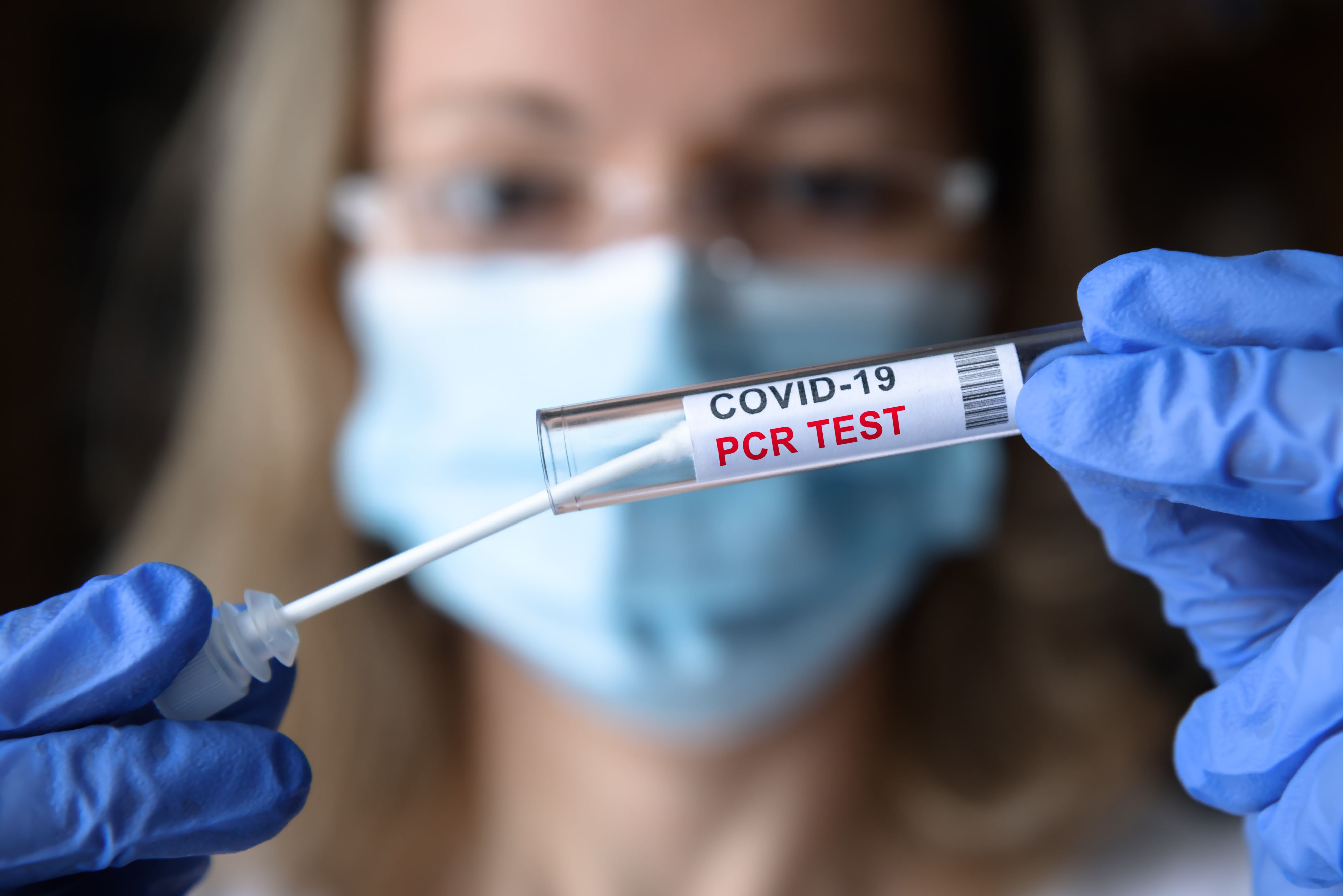Corneal sensitivity unaffected by COVID-19 in the acute phase
Acute infection did not impact the ability to obtain reliable test results

Brazilian researchers reported recently that the corneal esthesiometry findings did not differ significantly between patients who had positive and negative polymerase chain reaction (PCR) results for COVID-19, indicating that the acute infection did not impact the ability to obtain reliable test results.1
Lucas Baldissera Tochetto, MD, from the Department of Ophthalmology and Visual Science, Federal University of Sao Paulo, Sao Paulo, Brazil, and coinvestigators reported their results in the British Journal of Ophthalmology.
Various ocular manifestations of COVID-19 have been reported previously, and Dr. Tochetto pointed out also that SARS-CoV-2 RNA was found in the tear film or conjunctival swabs in patients tested using PCR.2
Based on that, the investigators theorized that the ophthalmic nerve may be affected by the COVID-19 virus, and therefore may affect the corneal esthesiometry values.
A total of 202 individuals who were suspected of having COVID-19 based on symptomatology participated in this cross-sectional study. All subjects underwent testing for SARS-CoV-2 by nasopharyngeal reverse-transcription qualitative PCR.
All patients also underwent corneal esthesiometry measurements using the Cochet-Bonnet esthesiometer (Luneau Ophthalmologie) during their first visit and the measurements were analyzed based on the findings, presence of anosmia and dysgeusia, and ocular signs and symptoms, Dr. Tochetto said.
PCR testing and corneal sensitivity
PCR identified COVID-19 infections in 101 subjects (50%). The mean corneal esthesiometry findings based on the PCR results did not differ significantly when the baseline and first follow-up visit were compared, demonstrating that the virus did not affect the corneal esthesiometry in individuals with acute-phase COVID-19.
The mean time from symptom onset to disease diagnosis and corneal esthesiometry was 4.2 days, he reported.
Fifty of the patients who tested positive for COVID-19 also were examined a second time.
The mean time between the first to second visits was 32.5 days. The mean respective corneal esthesiometry measurements in the right eye at the 2 evaluations were 5.52 and 5.60 (p=0.616) and for the left eye 5.40 and 5.58 (p=0.173).
The authors concluded that their results indicated that the SARS-CoV-2 infection did not interfere with corneal esthesiometry, at least, in the mild and early stages of this disease.
References
1. Baldissera Tochetto L, de Freitas Santoro D, Hirai F, et al. Impact of COVID-19 on corneal esthesiometry. Br J Ophthalmol 2022; http://dx.doi.org/10.1136/bjophthalmol-2021-320003
2. Sarma P, Kaur H, Kaur H, et al. Ocular manifestations and tear or conjunctival swab PCR positivity for 2019-nCoV in patients with COVID-19: a systematic review and meta-analysis. SSRN Electron J 2020; doi:10.2139/ssrn.3566161
Newsletter
Want more insights like this? Subscribe to Optometry Times and get clinical pearls and practice tips delivered straight to your inbox.